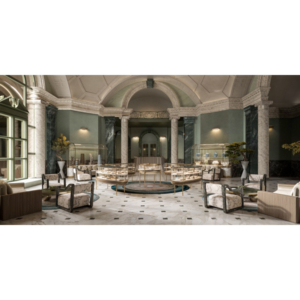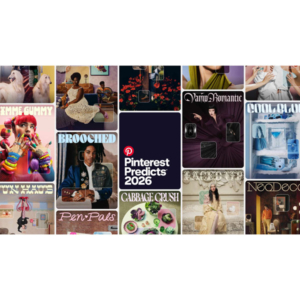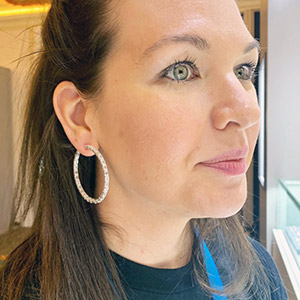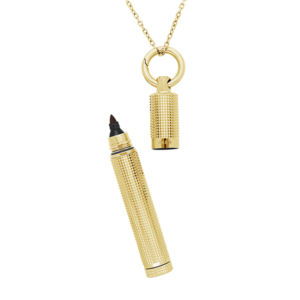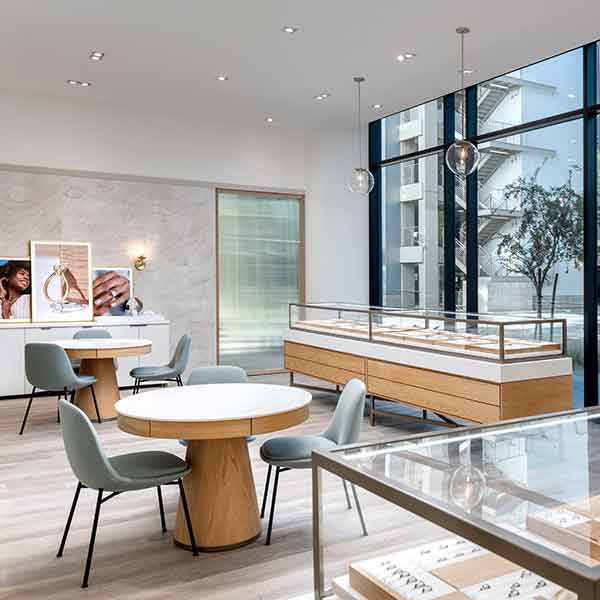
Some of store and design expert Ken Nisch’s favorite clients are jewelers, and he says the jewelry industry remains one of the most fascinating within retail for its ability to support global giants alongside mom-and-pop independents.
But what the chairman of JGA appreciates the most about jewelry stores is how owners and operators are responding to larger retail trends—and that there are some amazing new ideas impacting how people buy, sell, and enjoy jewelry that will continue through 2022.
What does “retail’s design philosopher” think about what jewelers should do with their physical spaces into the new year? Nisch spoke to JCK from his Southfield, Mich., office, where he works with jewelry companies and other retailers to create monumental in-person experiences for shoppers.
“Jewelry is interesting because it’s one of the first truly global businesses, if you want to go back a century or two, and it remains a highly global business because of the supply chain. Yet it is still very local,” Nisch says.
Here’s how he sees 2022 and beyond shaping up for jewelry retailers.
Trend No. 1: Hyper localization makes your store feel like a hub for the community.
This trend speaks more to community than what city you are located in, Nisch says. Think about the type of people who are attracted to your brand, your creative lens, your environment. Then create a store that speaks to that. That could be creating your own tribe of like-minded individuals, establishing a cool new neighborhood vibe, or displaying whatever you want to share.
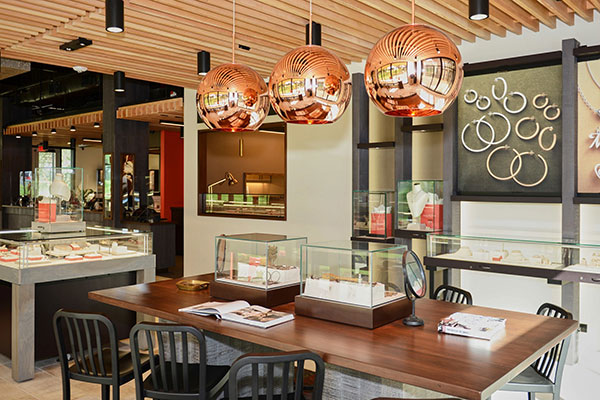
“There’s a lot more growth around social selling or personal selling—use the physical space and the community connection to make your store more of a hub or a social place rather than just a place of transaction,” Nisch says.
That means hosting events, creating social opportunities for clients to talk to one another, and conceiving really personal selling spaces so your employees can stand beside customers as they look at jewelry options together.
Trend No. 2: Generational shifts can be good for in-store experience.
Gen Z is coming into the jewelry business with gale-force winds of change. That is both in terms of the consumer—think social consciousness, sustainability, gender neutrality in styling—as well as the people who work in jewelry stores. Younger generations will have new thoughts about how jewelry should be displayed and how they want to sell, and owners should listen, Nisch says.
“It’s exciting to see another generation of jewelers get involved,” Nisch says.
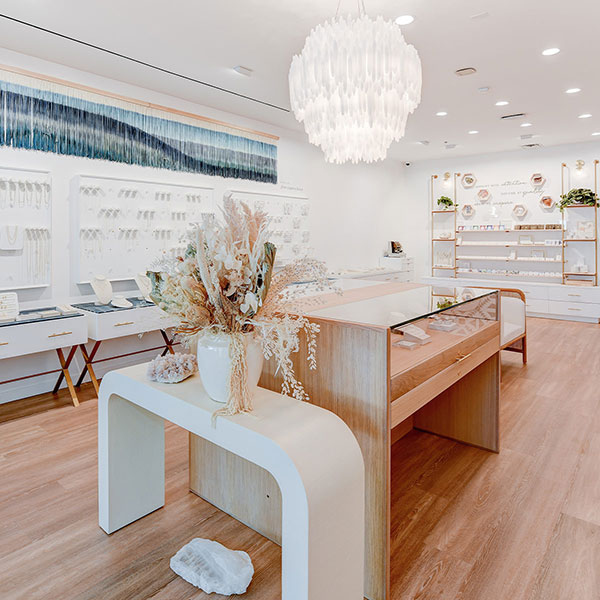
Being willing to look outside of tradition and into new ideas from younger generations will be key to this trend, Nisch says. For example, younger shoppers may want a jewelry store to feel less formal—like a hangout space. So have multiple seating options rather than just a back room that is closed off from the rest of the store.
“Jewelry stores are shifting from a white-tablecloth setting to a more social environment,” Nisch says. “Deformalizing makes everybody part of the process, whether it’s a sales associate, individual clients, or other customers—they’re all are critical parts of what makes [a jewelry store] interesting and engaging.… Too much formality can make people feel like they have to be quiet.”
Trend No. 3: Self-purchases will continue—so create a store where people want to be.
This can be a family-table kind of concept, where sales associates sit together with clients, and act more like a cruise director who makes the process fun and informal at the same time. This shopping technique is more personal and custom, Nisch says.
Women in particular are buying more jewelry for themselves, according to Nisch. But don’t sleep on the trend of younger men who are buying jewelry based on what they see pop stars and celebrities wearing.
“The growth [in the jewelry industry] is in self-purchases, not just gifting,” Nisch says. “You get to choose where to spend the money and how to spend the money. [Jewelers] want to be on that person’s list of this is my favorite place to go and my favorite people.”
Top: Having multiple, informal seating areas inside your retail store will make buying jewelry more fun for both salespeople and clients, says Ken Nisch, chairman of Southfield, Mich.–based design firm JGA. Brilliant Earth’s new Scottsdale, Ariz., store is a good example of having lots of seating within the main area rather than smaller, private rooms (photo courtesy of Brilliant Earth).
Follow me on Instagram and Twitter
- Subscribe to the JCK News Daily
- Subscribe to the JCK Special Report
- Follow JCK on Instagram: @jckmagazine
- Follow JCK on X: @jckmagazine
- Follow JCK on Facebook: @jckmagazine



